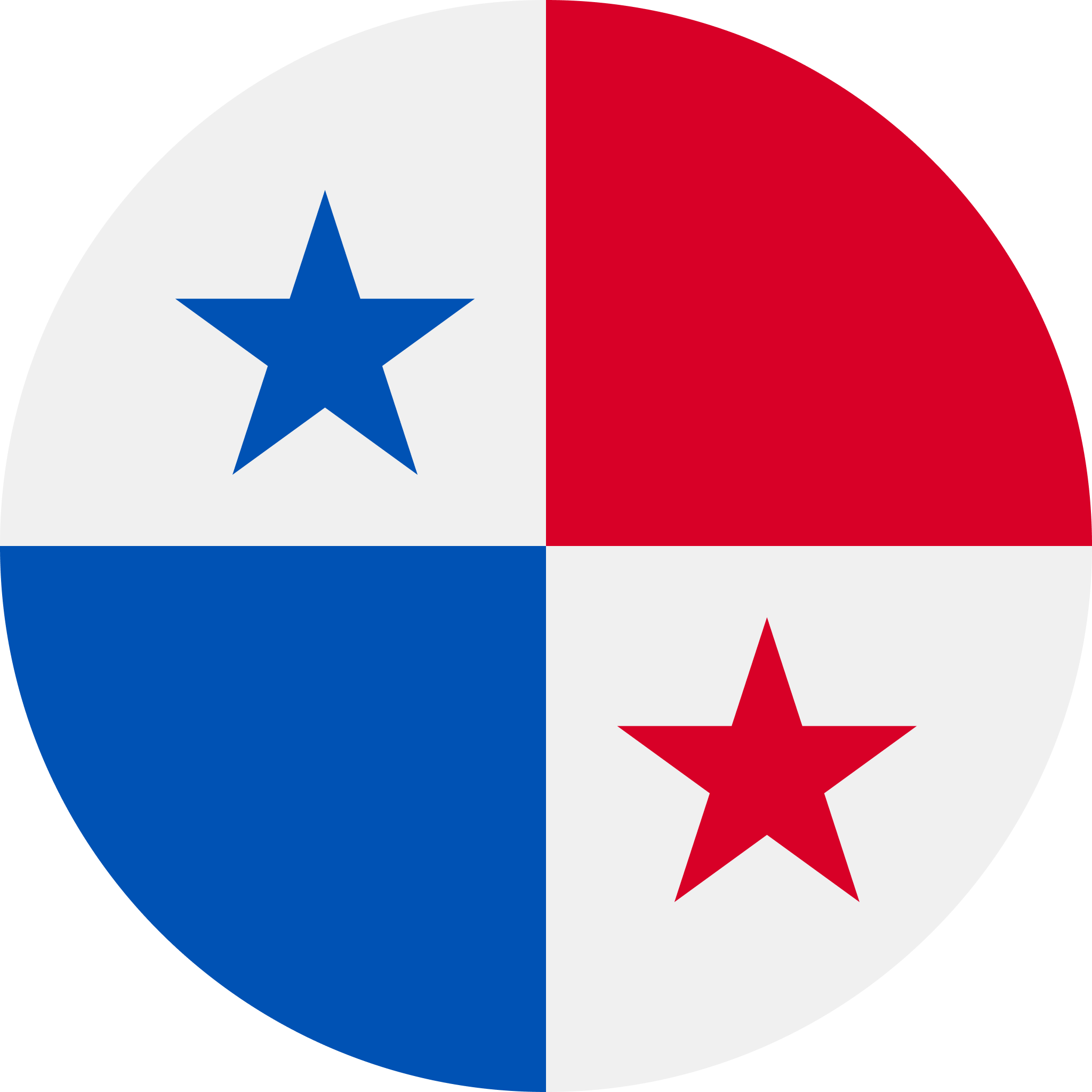Introduction
Cascading Style Sheets or the well-known CSS is essentially the coding language we use for designing and presentation of a web page. The look of the web page. SO to reinstate in simple words, without CSS, all our colourful catchy websites would be black font against a white backdrop. Thanks to CSS the web world is colourful. It is used for the look and layout of a website, and to handle the display variations on multiple platforms, and screen sizes, that a web page undergoes as it changes platforms. Describing how HTML elements will be displayed on the screen, or other media or even on paper is done on CSS. CSS is highly efficient as it can control layouts of a multitude of web pages in one go. Also, it has the provision of storing external stylesheets in CSS files.
Well after the introduction of CSS style sheets now let us see the market positioning of CSS. CSS at 63.1% is the second most used coding language right after JavaScript. Till 2020, CSS was still at the second position but at a better percentage of 63.5% among the most used programming languages by developers worldwide.
Reading the trends in 2019, about 65% of the orders were made through mobile devices. The PWA's (Progressive Web Applications) market is further on the rise as per the speculations. So now you would be able to view your favourite website on mobile or desktop web browsers instead of needing to download the specific apps or computer programs. Hence to meet the demand PWA's are going to be written in HTML, and CSS, JavaScript, or React etc. This means a further increase in the number of CSS Users and eventually revenues in-flow.
What is CSS used for:
1. Web documents
2. Website design
3. Website development
CSS is usually used along with HTML and decides the site's appearance. The website designing happens in two bits, the first one HTML (organizing site text into chunks) and later part on CSS for finalising the size, colour and positioning of all page elements. Convenience is yet another reason for CSS's popularity. Earlier when HTML 3.2 was being used, coders faced immense difficulties, especially working on large websites, where fonts and other elements needed to be added to every page. That took a long time and also became an expensive process. To combat this issue, the World Wide Web Consortium (W3C) decided to create CSS. Thus the style formatting was also removed from the HTML page.
Once the developer chooses a layout or design for one page, the same aesthetics cascades down the rest of the pages, throughout the website. As suggested by cascading part of the name. So the developer need not write the codes for each page. Also, the fact that HTML is used for site organization and CSS for aesthetics means that one need not write a complete page just to make the smallest changes. CSS hence is the choice of language for beginners.
This feature also makes CSS 7 times faster in launching new solutions. It has resulted in Rapid Cloud Adoption and also a reduction in 60% TCO, while also providing the world with optimized automation and Capacity. CSS is also the preferred partner for Oracle E-Business Suite, JD Edwards, Supply Chain Planning, and implementation and integration of Cloud ERP. CSS has been evolving with time, each version better than the previous. There are many versions and profiles of CSS, that have features topped up on the previous ones and christened CSS 1, CSS 2, CSS 3 and CSS 4 to show the hierarchy. Profiles for mobile devices, television sets, and even printers are available.
CSS has done lakhs of implementations and led the clients to succeed in their businesses. Mid and large-sized organizations from manufacturing/ distribution, engineering, constructions, professional services, consumer goods backgrounds all make the existing as well as potential clientele.
Since CSS is in high demand, the need for CSS developers is also very high. The job requirements for CSS developer jobs are posted as a requirement for Frontend Developers, and along with CSS few other programming languages are also part of the requirements. Usually, it is required along with HTML, JavaScript, React, Angular Framework etc. A search for CSS jobs shows about 13000 plus jobs on LinkedIn. To understand this better, not all jobs are published as a requirement for only CSS proficient people. This is most of the time clubbed with other skill sets.










